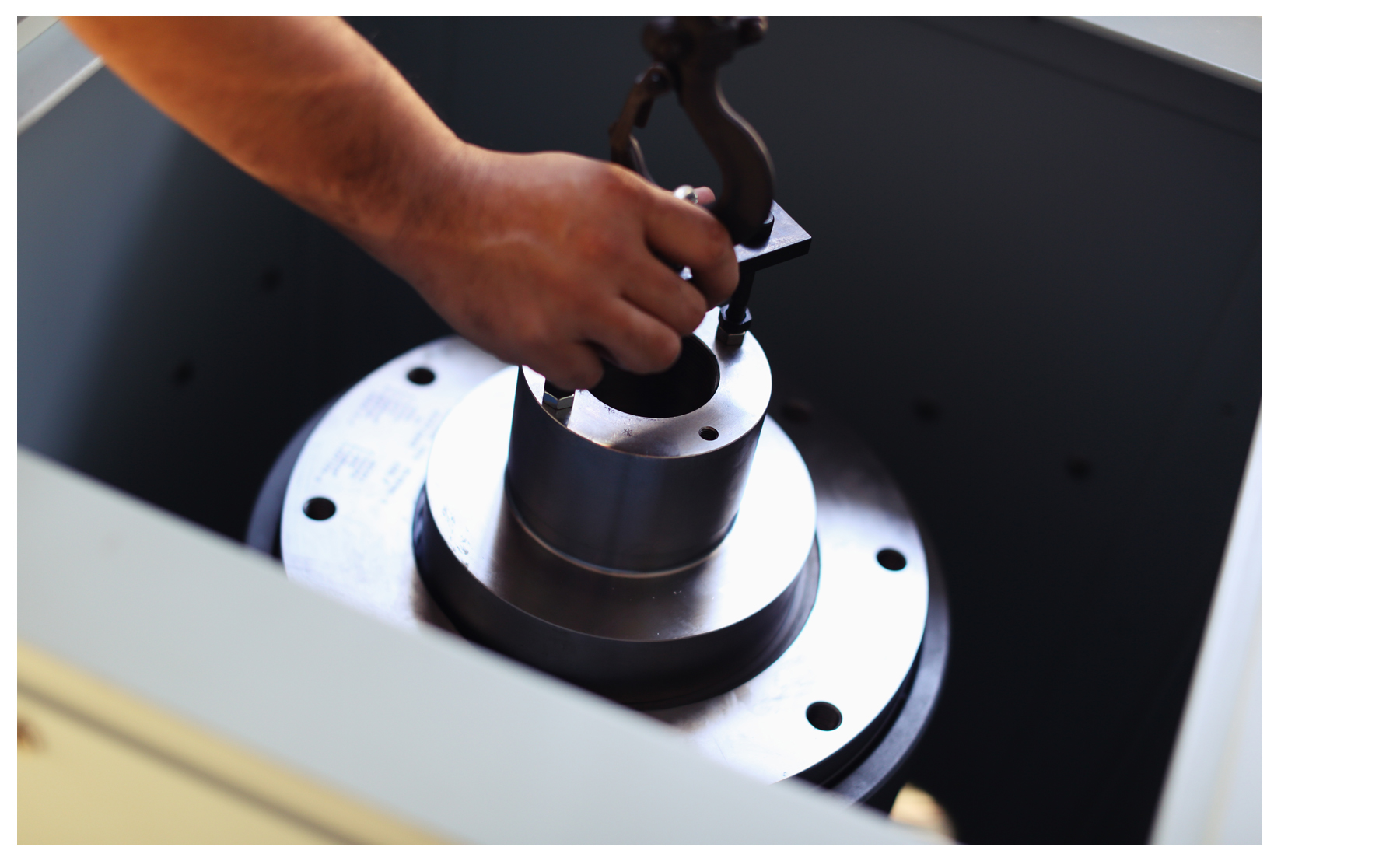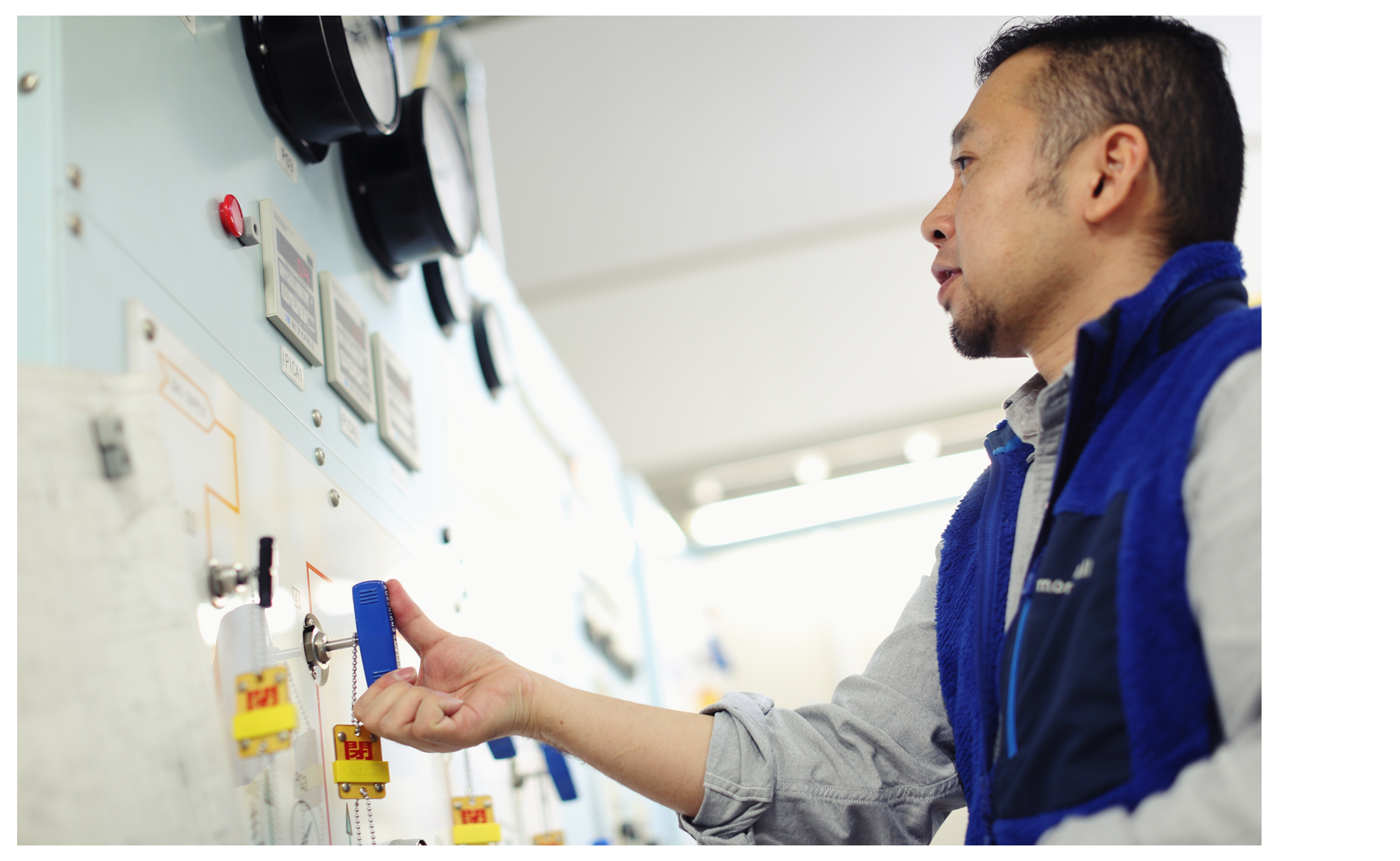It has been 6 years since the 2011 Tohoku-Oki earthquake, but the movement of the ground (crustal deformation) currently observed by GPS is known to be several dozen times faster than that before the earthquake. I am pretty much interested in such crustal deformation referred to as post-seismic deformation for a phenomena to directly understand the deformation of underground rocks. From deformation experiments of rock in laboratory and numerical simulation of crustal deformation, I have been conducting a research on what kind of deformation is going on in the beneath of Tohoku Japan.




- Name:Jun MOTO
- Position:Department of Earth Science
- Laboratory:Associate professor of Fault and Crustal dynamics group
- Hometown:Minami Alps in Yamanashi
- Favorite Books:The Big Picture by Akira Yamaguchi
This is Japanese-style painting collection book. I am not familiar with art but objects become mechanical such that a castle becomes a robot and a horse is a bike. I enjoy it with children. - Research area:
Structural geology - Posted Date:May 18, 2017
1.What kind of the research are you doing?
2.What is the reason for starting your study?
When I started studying “rheology” dealing with deformation of matter, I learned that there is a dimensionless Deborah number. The number is defined as the ratio of the deformation time of the matter and the time scale of observation, and the difference between the solid and the liquid from the rheological point of view can be classified by the Deborah number. Matters with a large number have a long deformation time or a short observation time, so they can be regarded as solid. This means that they cannot change their shapes within that time, that is, they can be regarded as solid. On the other hand, matters with a small Deborah number can be regarded as a fluid which is easy to deform in the time. When I learned the number I wondered that behavior of things depends on observation time!? This shows the complexity of rheology and that what I like.
3.Message for prospective students
Many geologists have thoughts that rocks slowly deformed in a long geological time scale (even personally), but the postseismic deformation currently observed in Tohoku region can be explained by the flow of rocks beneath us. In other words, it is possible to directly compare phenomena occurring in the earth with phenomena occurring in the laboratory! I believe this will be a major opportunity to understand rheological characteristics of the earth. If someone is interested in such research, would you like to join our group?

